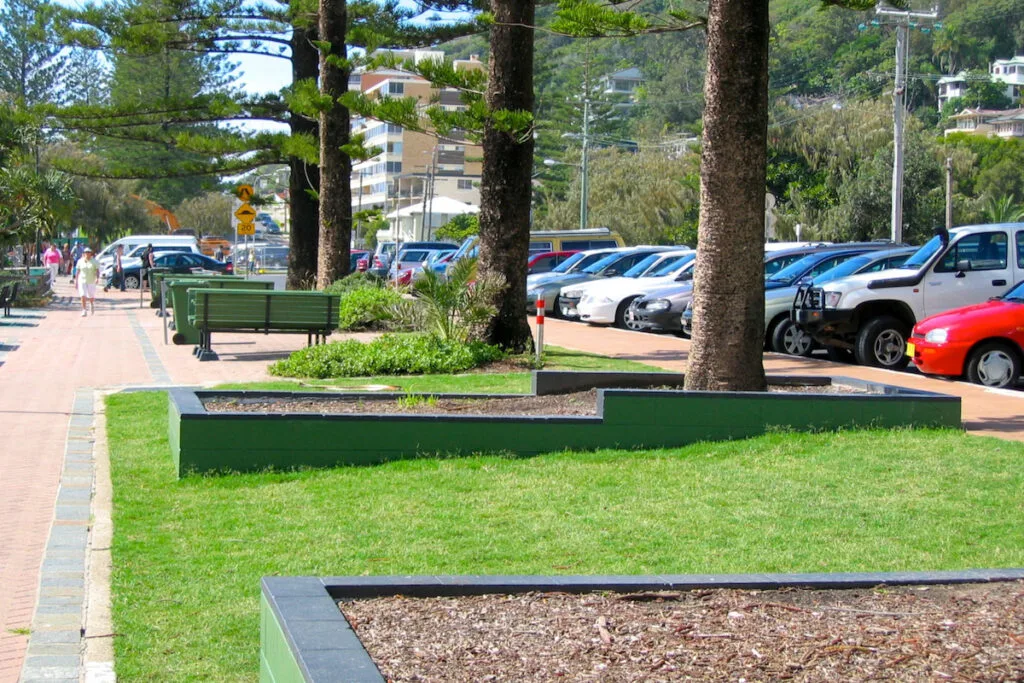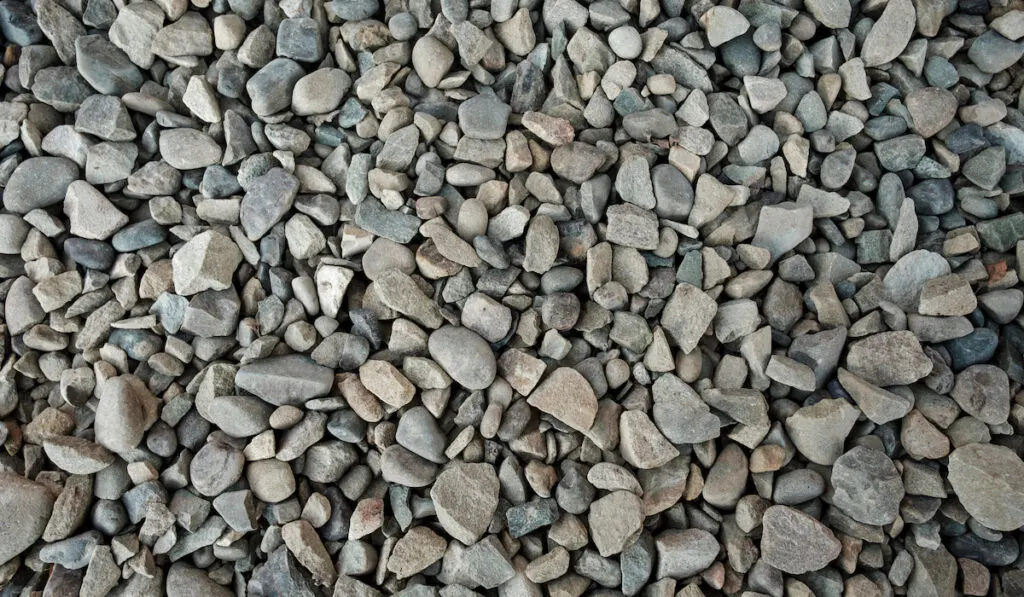Can you plant trees in raised beds?
Yes, if done in the right way with the right kind of trees.
A lot of gardeners like to use raised beds because it allows them to have more control over the soil quality, how much water their plants get, and it’s easier to keep a garden organized.
They also help with drainage and prevent soil compaction. The good news is that raised beds are easy to either buy or build by yourself.
But what about adding trees to a raised bed?
Obviously, trees are a bit more complex than planting some tomatoes or an herb garden.

Most trees need more room to grow roots. If your raised beds are too small or too shallow, it will affect the tree’s stability and, ultimately, how long it lives.
Table of Contents
The Benefits of Growing Trees in Raised Beds
By growing your trees in a raised bed, you’ll be able to overcome any natural limitations of your soil. In a raised bed, you can make the perfect soil mixture for whatever type of tree you are planting.
Here are some things to note depending on what type of tree you’re planting:
- Fruit trees – With fruit trees, your main concern will be poor drainage. With bad drainage, it’s hard to keep a fruit tree living for long.
How deep should a raised bed be for a tree?
Ideally, your fruit trees will be planted in a raised bed that’s around 10 inches high and 6 feet wide. Of course, if you’re planting something that will grow larger, then you may have to increase the size of the bed.
It’s a great idea to spread mulch on top of the soil where it’s planted to retain moisture.
- Ornamental trees – A variety of ornamental trees will do very well in a raised bed. If you’re considering a tree like white fir, eastern redbud, or a Japanese lilac tree, planting them in a raised bed is the way to go.
It’s a more sure way to ensure proper drainage. If your soil is too saturated with water, then they’ll struggle.
Many gardening experts suggest creating a raised bed without walls before you plant. That way you can guarantee there is always a top layer of fertile soil that will drain out excess water from a hose, sprinklers, or the rain.
- Dwarf trees vs. full size – People who don’t have a ton of space on their property can enjoy the benefits of a fruit tree or ornamental trees by planting dwarf varieties.
Sure, you won’t get as much fruit during harvest time, but you still get that wonderful feeling of seeing your plant thrive.
A typical dwarf tree will grow to around 9 feet tall, while a full-size tree can grow much larger. If you’re planting full-size trees, you’re going to need larger raised beds to accommodate root growth and handle drainage for the extra water you’ll be giving it.
What Is the Best Planting Mix for Fruit Trees?
Ok, so once you’ve got your areas marked for where the raised beds will go, it’s time to decide on the best planting mix for your trees.
Many people wonder what the best planting mix for fruit trees is. Thankfully, it’s now easier than ever to buy a premade planting mix specific to the kind of tree you’re putting in your garden.
To get the right soil, you need a good combination of acidity, space, texture, and depth. It doesn’t have to be perfect, but the more research and work you put into your planting mix, the better off your trees will be.
In the right soil, your fruit tree will grow quickly and stay strong for years. Typically, soil made of peat, bark, and sand is a good mix for trees.
Again, one of the most important aspects of growing healthy fruit trees, whether they’re in a raised bed or not, is the ability to retain moisture and drain off any excess water in an efficient manner.
Of course, doing this in a raised bed is easier a lot of the time because you have more control.
Test Your PH Levels
If you can, try testing your soil’s pH levels to make sure the soil isn’t too acidic. If it is, then it will be tough for your trees to grow.
Trees typically do best in neutral pH, so you may need to even it out if it’s off the scale a bit either way. You can do simple things like add lime juice to your soil and other tricks to balance the soil’s pH.
You’ll be purchasing a lot of fertilizer for your trees during the year, and adding new fertilizer is a good way to balance the pH and keep your soil healthy.

Will Fruit Trees Grow Well in Raised Beds?
The short answer is, yes, fruit trees can grow well in raised beds.
Raising trees in raised beds, though, comes with some challenges, and you’ll need to take some steps to get things right. There are just a few things you need to take care of to make the conditions right and leave the rest to nature.
Here are some pointers:
No Bottoms Necessary – Your raised bed shouldn’t have a bottom if you’re planting fruit trees.
It may work for smaller fruit trees depending on how deep your raised beds are, but if it’s too shallow, the roots will be contained in the bed and may not have enough room. This increases the risk of your trees tipping over, which could be a disaster if heavy rains or strong winds come along.
Instead, think about installing a layer of gravel on the ground before you put down your planting mix and fertilizer.
The gravel will stop soil from becoming too compacted at the root level, and it will facilitate water drainage.
Also, the way you position your tree when you put it in your garden will make a big difference. Put the sapling in and stand it as straight as possible to prevent it from leaning over or favoring one direction.

Use Your Resources
Finally, if you’re a seasoned gardener, you may know what to do, but what if you’re a beginner giving things your first try with fruit trees in a raised bed?
That can be quite the challenge, and you’ll likely need some help along the way.
The good news is that there is plenty of support in the gardening community online, and you can always find some friendly advice at your neighborhood home and garden store.
Read some blogs and join some social media groups where you can ask questions specific to the zone you garden in. You’ll get some invaluable advice that will save you time, money, and frustration with your garden.
Soon enough, you’ll have fresh lemons in the kitchen or be able to make a delicious salad with avocados from the tree in your garden. There’s nothing quite like going out into your yard and picking fruit straight off of the tree.
Garden and tree planting can be a great deal of fun for you and your whole family, and it’s something many people everywhere look forward to every year.

Beck
Sunday 27th of March 2022
Should I till the ground before I plant a tree in a raised bed